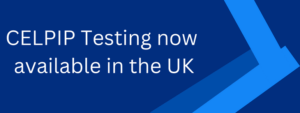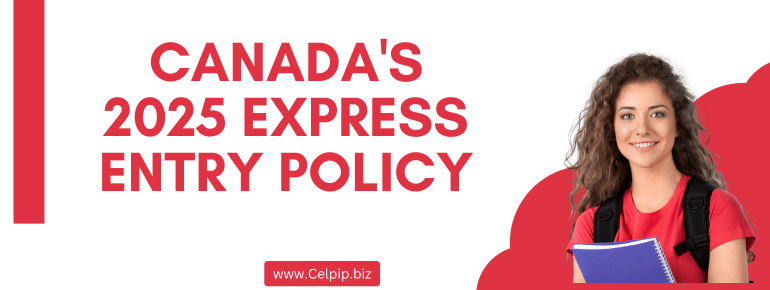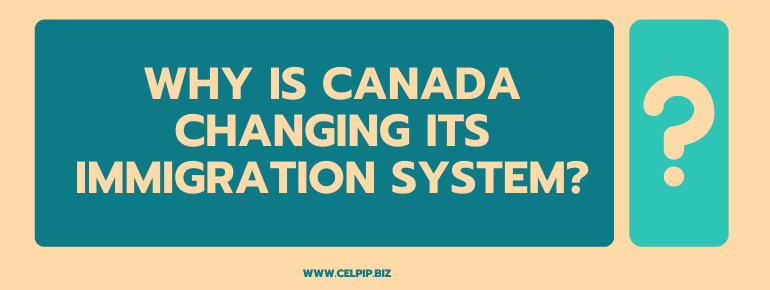First-ever Tech Talent Strategy from Canada?: Immigration Minister Sean Fraser unveiled plans on June 27 to implement them through Immigration, Refugees, and Citizenship Canada (IRCC). The term “Canada’s Tech Talent Strategy” is used to describe these initiatives.
Some of the technologies involved are:
- A new stream has been added under the International Mobility Program (IMP).
- Enticing “digital nomads”
- Facilitating more labor mobility in North America by simplifying the work permit process for holders of H1-B visas for specialty occupations
- Changes to preexisting technological initiatives like the Start-up Visa and the Global Skills Strategy
IMP’s new innovation stream
To address labour shortages in critical technology occupations and to diversify Canada’s talent pool, IRCC wants to create a new innovation stream under the IMP to attract highly qualified tech workers.
By the end of 2023, we hope to have begun our launch. To encourage businesses and people to back Canada’s digital industry initiatives, the stream will be exempt from the Labour Market Impact Assessment (LMIA) process.
IRCC is debating between two possibilities:
- The Canadian government recognizes companies that are making significant contributions to Canada’s goal of industrial innovation and issues work permits to their employees for up to five years provided they work exclusively for that company.
- Allow highly talented individuals in certain high-demand fields to get open work visas valid for up to five years.
Enticing “digital nomads”
In addition, IRCC intends to market Canada to digital nomads by consulting with business and governmental partners to ascertain whether or not Canada might benefit from adopting policies specifically tailored to this demographic.
A digital nomad working remotely for a foreign company can only stay in Canada for a maximum of six months under the country’s current immigration restrictions. IRCC wants these digital nomads to settle down in Canada and look for work with local businesses.
Improvements in preexisting technological programs
Canadians in high-tech fields will benefit from IRCC’s efforts to enhance the country’s existing programs.
Canadian businesses can use the Global Skills Strategy to gain easier access to international workers with specialized skills. Application processing times for work permits under the Global Skills Strategy have returned to pre-pandemic levels. Work permit applications submitted to IRCC and LMIAs submitted to Employment and Social Development Canada (ESDC) are both being processed within the allotted two weeks.
Foreign entrepreneurs who secure funding from a designated Canadian venture capital fund, angel investor organization, or company incubator can apply for permanent residency through the Start-Up Visa program.
In an effort to reduce applicants’ waiting times, more slots have been made available through this initiative. Moreover, this means that projections for permanent residents in the Federal Business category are quadruple what they were anticipated to be in 2023, and are projected to climb in both 2024 and 2025.
In light of the high demand for SUV visas, Immigration, Refugees, and Citizenship Canada (IRCC) is modifying the temporary work permit option so that SUV applicants can now apply for a three-year open work permit instead of a one-year work permit that restricts them to working exclusively for their own start-up.
Instead of only allowing members of the entrepreneurial team who are deemed necessary and urgently needed in Canada to apply for the work visa at the present time, the permit will be made available to the entire team.
Finally, IRCC will put applications at the head of the processing queue if they are backed by committed cash or sponsored by a business incubator.
Work permit for H1-B specialty occupation visa holders
Companies with extensive operations in both Canada and the United States typically employ thousands of employees working in high-tech industries, many of whom are foreign nationals holding H1-B specialized occupation visas in order to legally work in the United States.
On July 16th, 2018, Canadian immigration services will begin accepting H1-B specialty visa holders and their dependents from the United States. Those who apply will be granted an open work visa valid for up to three years, allowing them to accept employment with virtually any company in Canada. When necessary, dependents and spouses can also apply for temporary resident visas, including employment and study authorization.
For the next 12 months, or until IRCC gets 10,000 applications, this policy will be in effect. This limit does not include dependents of the primary applicant.
Optional Methods for Immigrating to Canada as a Tech Worker
In addition to the Global Talent Stream and the H1-B speciality occupation visa outlined in the Tech Talent Strategy, there are a number of other work permit and immigration programs that are designed with foreign tech employees in mind.

Category-Based Express Entry draws
Sean Fraser announced the introduction of Express Entry category-based selection draws at the month’s end of May. IRCC will prioritize the following occupations and levels of French language proficiency for Express Entry applicants:
- Healthcare
- Science, technology, engineering, and mathematics (STEM)
- Trades, such as carpenters, plumbers, and contractors
- Transport
- Agriculture and agri-food
Statistics Canada reported at the end of 2022 that there was a shortage of skilled workers in the STEM sector of the Canadian economy and that over twenty-four different STEM vocations were qualified for category-based draws.
The very first category-based drawings for STEM occupations took held on July 5th. There were 500 people who applied for permanent residency in the STEM fields and were sent Invitations to Apply (ITAs).
The Immigration, Refugees, and Citizenship Canada (IRCC) conducts Express Entry draws based on economic categories to invite the highest-ranked candidates from those categories who can help Canada achieve its economic goals by filling available jobs. There will be further draws like this one as part of Express Entry.
The Express Entry pool uses a point system called the Comprehensive Ranking System (CRS) to determine which applicants to invite for an interview. Candidates are ranked using a variety of criteria including age, education, language proficiency, work experience, and more.A candidate must meet IRCC’s minimum CRS score for the draw in order to be considered for an ITA, even if they fall into a targeted category.
Tech Sub-Programs of Provincial Nomination
Through the PNP, each provinces and territories can design their own immigration programs to meet their own needs in the areas of labour supply and economic development. Skilled foreign workers will be nominated for immigration to the provinces by the provinces and territories.
In several states, IT employees can enter the workforce through designated channels.
If you are a tech professional with an Express Entry profile, you may be eligible for the Alberta Accelerated Tech Pathway, a fast-track immigration program. A candidate can begin the application process under this fast track if they are either already employed by or have been offered employment by an employer in Alberta’s technology industry in a qualified technology occupation.
To meet the expanding need for skilled workers in the technology sector in British Columbia, the Provincial Nominee Program (PNP) Tech was established in 2017. In 2021, we’ll keep this going for good. Those who meet the program’s requirements and have a current employment offer in one of the 29 qualifying technology fields will receive an invitation each week. Full-time employment with a qualified provincial employer for at least one year is required.
Streamlined Processing in Quebec
Through the Facilitated Processing Stream, businesses in Quebec can temporarily engage foreign skilled workers who fall inside particular target occupations. The stream makes it possible for businesses to avoid complying with the LMIA’s strict regulations.
All of the occupational categories that qualify for the Temporary Foreign Worker Program (TFWP) in Quebec can be found on the province’s facilitated occupations list. These jobs largely exist in the information technology sector.
Summary:
- Tech Workers Recruitment Innovation
- Simplified Work Permits for H1-B
- Attracting Digital Nomads
- Enhanced Start-up Visa & Skills Strategy
- Three-year Work for H1-B






